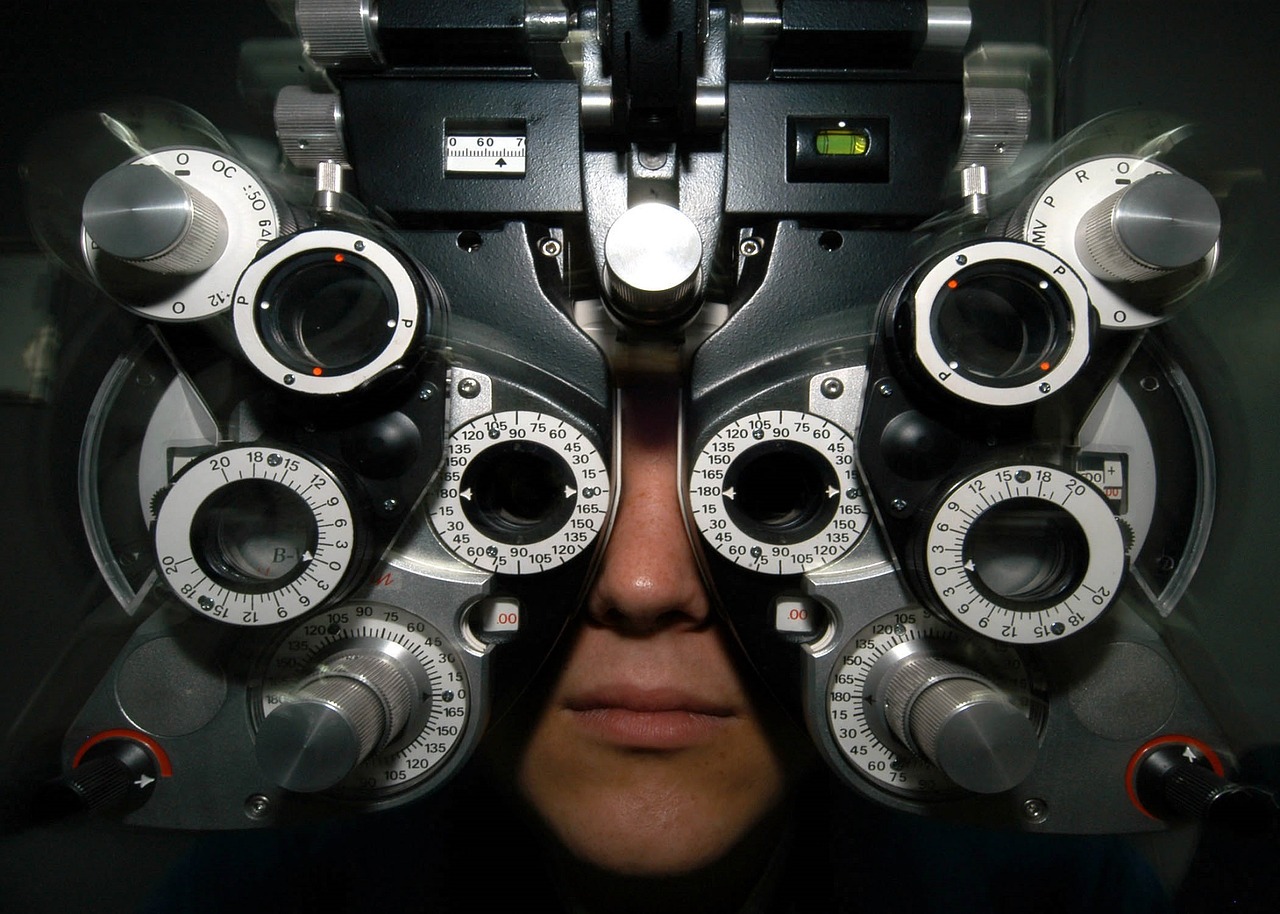Cybersecurity in the healthcare industry has been a passing concern for hospital administrators and other high-ranking positions for years, but the need for more serious security measures is growing. As we charge headfirst into the new technologies awaiting us in 2018 and beyond, we’re going to need a serious overhaul of healthcare cybersecurity.
But why is this the case, and what measures should we take to reduce our vulnerabilities?
IMAGE: PEXELS
The Main Motivating Cybersecurity Factors
These factors are making cybersecurity in healthcare more important than ever:
- The high value of healthcare data. First, healthcare systems have some of the most valuable consumer data of any industry—and they’re getting more and more of it every year as data becomes even more important. You might think financial data is the most valuable data to acquire since it could hypothetically give thieves access to customer bank accounts—but financial data is useless once a customer discovers the fraud. Medical records, by contrast, have a much longer shelf life, and usually include things like medical records and social security numbers, which are much harder to change.
- The vulnerability of patients. Patients are also more vulnerable than typical customers of other industries; they depend on their medications and treatments to stay healthy, and sometimes to live. This makes them high-value targets since they can be more easily exploited.
- The rise of telemedicine. The rise of telemedicine is another important consideration; it’s estimated that by the end of 2018, telemedicine will have more than 7 million patients. With more doctors and patients relying on digital means of interaction, there are going to be more vulnerabilities to attacks and listening on both sides.
- The increasing importance of apps. In a similar vein, the number of medical and healthcare-related apps and internet-connected devices is on the rise. Medical facilities are relying on cloud-based data storage for their patients’ records, and patients are relying on devices and apps that have the potential to be hacked or controlled remotely. In the next few years, their prevalence is going to increase even further.
- The sophistication of cybercriminals. Though it’s a general trend, it’s still one worth considering in the context of healthcare; cybercriminals are growing to be more sophisticated. Attacks are getting stealthier, and large-scale data breaches are growing more common, and with bigger targets. New types of ransomware and other malware are also emerging, making the environment for cybersecurity even more complicated.
- Ever-present points of vulnerability. We also have to consider that not all digital threats come from malicious hackers trying to cause harm or exploit weaknesses; there are long-standing, ever-present points of vulnerability that can threaten healthcare data systems. For example, a single power outage can make data unavailable for days, and a natural disaster can wipe out your data altogether.
- Stagnation. The vulnerability of the healthcare industry is exaggerated because healthcare administrators haven’t made cyber threats a top priority in the recent past. This lack of infrastructure development and increased protection has led to a gap between the level of accessible technology and the advancement of cybersecurity features.
What We Need to Do Next
So what can we do to guard ourselves against the tech vulnerabilities in healthcare?
- Increase IT spending. First, healthcare administrators need to invest more in the IT and security teams they have building their infrastructure, monitoring their systems, and responding to potential breaches. In-house team members and external consultants need to work together to provide the best protection.
- Set standards for app development. We also need to collectively set higher standards for new devices and apps that could be vulnerable to threats, whether that means establishing firmer laws or demanding more from engineers and developers.
- Make everyone a part of the solution. Hospitals also need to realize that no firewall or software investment can keep them safe from every threat; many vulnerabilities arise simply because employees aren’t following best practices, or don’t understand the systems they’re using. Everyone needs to be a part of the solution, and organizations need to provide better training to their staff to make that a reality.
- Test and improve. Not every hypothetically “safe” system is going to be foolproof; your measures need to be tested, thoroughly, before you’re ready to unveil them to the public. On top of that, your systems should undergo repeated testing, and be ready for updates whenever you learn of a new threat or potential vulnerability.
The future of tech in healthcare is a bright one, full of complex systems and new processes that will improve quality of care. But to protect those systems, as well as the people using them, we have to take cyber threats more seriously.
If you are interested in even more online security-related articles and information from us here at Bit Rebels then we have a lot to choose from.


COMMENTS